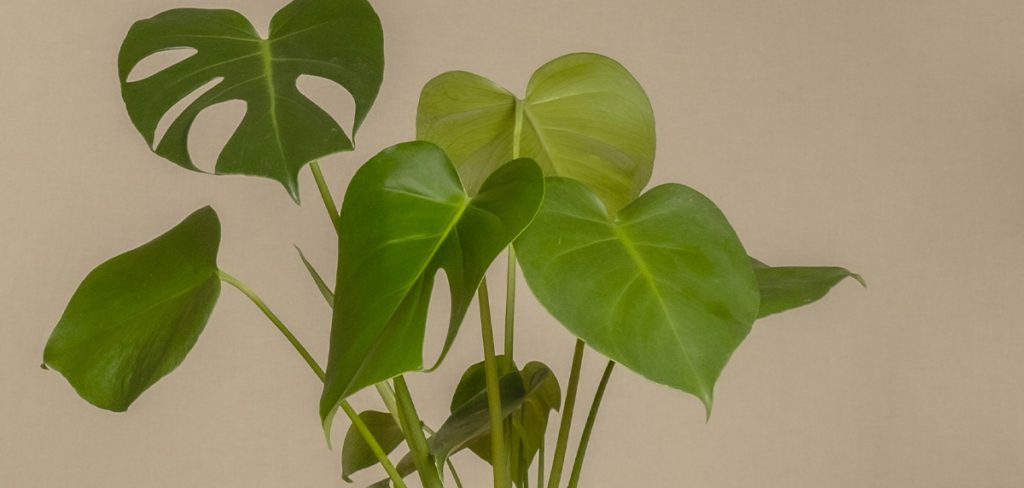Relocating to a new place can present both opportunities and challenges, but for houseplants, the transition often involves stress due to changes in environment and conditions. Whether transporting a fiddle-leaf fig across town or a collection of succulents across the country, the initial weeks following a move are critical for ensuring plants adapt successfully. This seven-step guide, informed by expert recommendations, provides practical advice to help houseplants thrive in a new home. For those considering adding new plants to their space, resources such as the Royal Horticultural Society’s guide to low-maintenance houseplants offer valuable insights into selecting resilient species.
1. Evaluate Plant Condition Post-Move
The process of moving can be taxing for plants, with exposure to bumpy transportation, temperature fluctuations, or prolonged confinement in boxes. Upon arrival, inspect each plant for signs of stress:
- Wilting or yellowing leaves, indicating potential dehydration or shock.
- Broken stems or leaves, resulting from physical damage during transit.
- Compacted or overly dry soil, a common issue from the journey.
Use clean scissors to carefully remove damaged leaves or stems to promote new growth. If the soil is excessively dry, provide a thorough but gentle watering, as detailed in the watering section below. Most plants demonstrate resilience and can recover with consistent care, so avoid undue concern over initial drooping.
2. Select Optimal Placement
A new home’s lighting, humidity, and airflow often differ significantly from a previous residence. Before positioning plants, assess the environmental conditions:
- Light: Identify areas with bright, indirect light for species such as pothos or monstera, and direct sunlight for sun-tolerant plants like cacti or jade plants. South-facing windows typically provide the most intense light, while east- or west-facing windows offer milder exposure.
- Humidity: Kitchens and bathrooms often maintain higher humidity, suitable for tropical plants like ferns or calatheas. In drier environments, consider using a pebble tray or humidifier.
- Drafts: Avoid placing plants near air vents, heaters, or drafty windows to prevent stress from sudden temperature changes.
To gauge light levels accurately, a light meter app or observation of sunlight patterns over a day or two can be helpful. Gradually acclimate plants to new locations to avoid issues such as leaf burn from abrupt exposure to intense sunlight. The University of Missouri Extension’s guide on houseplant care provides detailed recommendations for assessing light and placement needs.
3. Water with Precision
Overwatering remains a common error during the post-move period, as plants in shock may not absorb water efficiently. To water effectively:
- Test soil moisture by inserting a finger approximately one inch deep. If dry, water slowly until the soil is evenly moist but not waterlogged.
- Use room-temperature water to avoid shocking the roots.
- Ensure pots feature drainage holes to prevent root rot, particularly if plants were overwatered during transit.
For the first two weeks, water sparingly and monitor plant responses. Adjust the watering schedule if leaves exhibit yellowing or drooping, indicating potential over- or under-watering.
4. Delay Fertilization
Plants adjusting to a new environment benefit from a pause in fertilization for at least four to six weeks. Applying fertilizer too soon can overwhelm roots and exacerbate stress. Once signs of new growth appear, resume fertilization with a balanced, diluted liquid fertilizer, following product guidelines.
5. Replicate Familiar Conditions
Consistency is key to plant health. If a snake plant thrived in a well-lit corner previously, aim to recreate similar conditions in the new space. For those relocating to significantly different climates — such as from a humid to an arid region — consider using a humidifier or grouping plants to create a microclimate. While misting can provide temporary humidity, excessive application may lead to fungal issues, so use it judiciously.
6. Monitor for Pests
Relocation can expose plants to pests, particularly if they were placed outdoors or in a moving vehicle. Regularly inspect the undersides of leaves and stems for signs of spider mites, aphids, or mealybugs. If pests are detected, isolate the affected plant and treat it with neem oil or insecticidal soap, adhering to the product’s instructions.
7. Exercise Patience
Plants require time to acclimate to new surroundings. A monstera dropping a leaf or a fern appearing wilted is not uncommon during this period. With consistent care, most plants recover within a few weeks. Celebrate small indicators of progress, such as new leaf growth or improved stem vigor, as signs of successful adaptation.
Bonus Tip: Create a Plant Care Routine
Transforming plant care into a mindful routine can enhance the experience of settling into a new home. Playing soft music or engaging with plants through gentle handling can foster a sense of connection to the space. Thriving plants contribute warmth and vitality to any environment, enriching the transition to a new chapter. If this article caught your attention while you are preparing for a move, you might find Cactus Moving’s guide on transporting plants useful. The same company also offers moving services in Calgary, Edmonton, Toronto & GTA, information that may be helpful if you happen to be relocating within those areas.
By prioritizing attentive care during the initial weeks, plants can be set on a path to long-term health and vibrancy. Here’s to new homes, fresh beginnings, and flourishing greenery!



